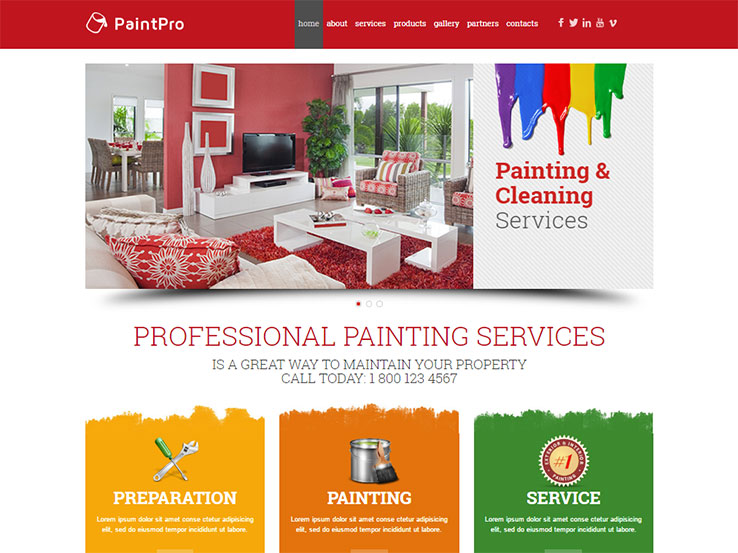What Role Do Ideal Colors Play In Enhancing Your Brand'S Beauty In Commercial Exterior Painting? Check Out The Key Elements That Affect Your Decisions
What Role Do Ideal Colors Play In Enhancing Your Brand'S Beauty In Commercial Exterior Painting? Check Out The Key Elements That Affect Your Decisions
Blog Article
Web Content Writer-Williford Justesen
When it involves commercial exterior paint, the shades you pick can make or break your brand's charm. Understanding just how various shades affect perception is essential to bring in customers and developing depend on. Yet it's not almost personal preference; local trends and laws play a substantial duty also. So, how do you discover the perfect equilibrium in between your vision and what resonates with the area? Allow's discover the necessary elements that direct your color options.
Comprehending Shade Psychology and Its Impact on Company
When you pick shades for your business's exterior, comprehending shade psychology can dramatically affect how potential customers perceive your brand name.
Colors stimulate feelings and set the tone for your company. For instance, blue frequently communicates count on and professionalism and reliability, making it ideal for financial institutions. Red can develop a feeling of urgency, best for dining establishments and clearance sales.
At the same time, environment-friendly signifies development and sustainability, appealing to eco-conscious customers. Yellow grabs focus and sparks optimism, however too much can overwhelm.
Consider certa pro house painters and the message you want to send out. By picking the best colors, you not just boost your visual appeal but also straighten your image with your brand name values, eventually driving client involvement and loyalty.
Analyzing Resident Trends and Rules
Exactly how can you ensure your external paint options resonate with the area? Begin by looking into local patterns. Check out nearby organizations and observe their color pattern.
Bear in mind of what's prominent and what feels out of area. This'll help you align your choices with area aesthetic appeals.
Next off, examine regional regulations. Numerous communities have guidelines on outside shades, specifically in historical areas. You do not want to hang out and cash on a palette that isn't certified.
Engage with regional business owners or neighborhood teams to gather insights. They can offer valuable comments on what shades are favored.
Tips for Integrating With the Surrounding Atmosphere
To produce a cohesive look that mixes perfectly with your environments, take into consideration the natural environment and building designs nearby. Begin by observing the shades of nearby structures and landscapes. Natural tones like environment-friendlies, browns, and soft grays typically work well in all-natural setups.
If your residential or commercial property is near vivid metropolitan locations, you may select bolder hues that reflect the regional power.
Next off, consider the building style of your structure. Conventional designs might benefit from timeless shades, while contemporary designs can accept modern palettes.
Test your color selections with samples on the wall to see just how they engage with the light and setting.
Lastly, bear in mind any regional standards or community aesthetics to ensure your choice improves, rather than encounter, the environments.
Verdict
In conclusion, selecting the ideal shades for your industrial exterior isn't practically looks; it's a tactical decision that influences your brand name's understanding. By tapping into color psychology, thinking about local trends, and making certain consistency with your environments, you'll create a welcoming environment that attracts clients. Don't fail to remember to check samples before committing! With the ideal approach, you can raise your organization's aesthetic charm and foster long lasting customer interaction and commitment.
